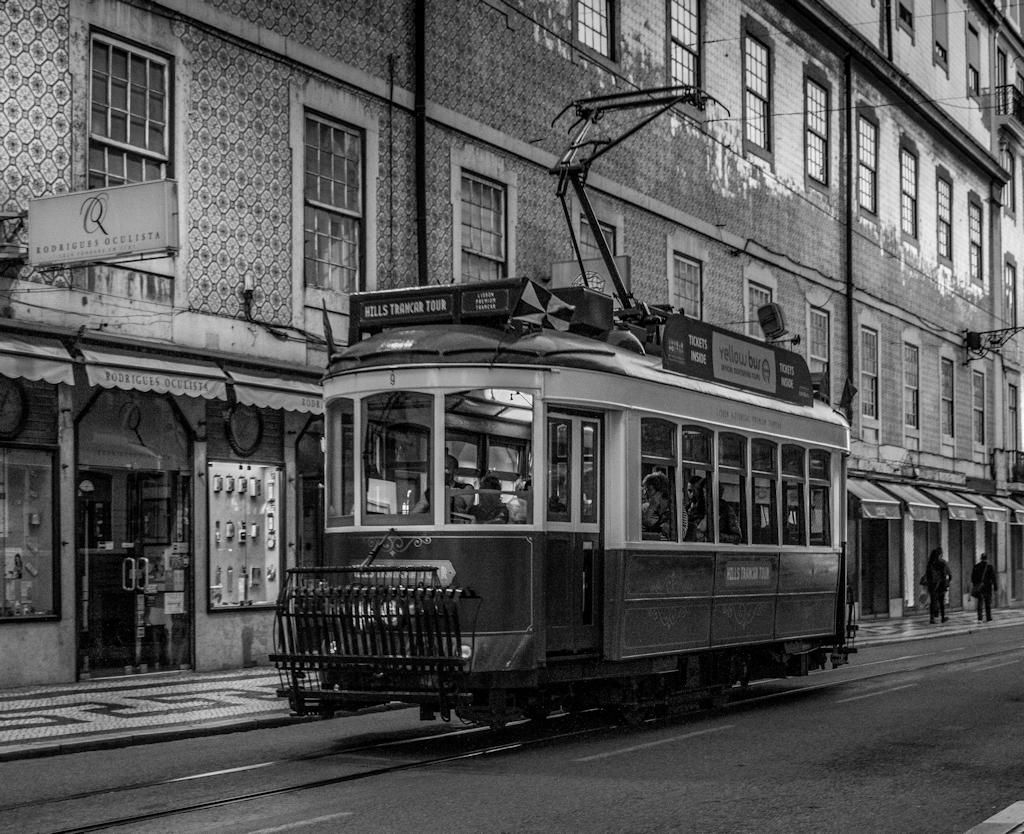The implementation of electric trams was made possible by the efforts of several individuals and companies. One of the key figures in this transformative process was Raoul Mesnier du Ponsard, a French engineer who played a crucial role in designing and constructing the first electric tram system in Lisbon. The Companhia de Carris de Ferro de Lisboa (Lisbon Tramway Company) was responsible for the operation and maintenance of the new tram system.
On November 17, 1901, the first electric tram line was inaugurated, connecting the neighborhoods of Campolide and Algés. This initial line was a resounding success, paving the way for the expansion of the electric tram network throughout the city. Over the years, new tram lines were added, connecting various districts of Lisbon and improving accessibility for residents and visitors alike.
The introduction of electric trams revolutionized the city's transportation landscape in several ways. Firstly, the electric trams offered a faster and more efficient mode of travel compared to horse-drawn carriages and steam trams. The electrically powered vehicles could achieve higher speeds, ensuring quicker journeys for passengers. Additionally, the increased capacity of the electric trams allowed for a greater number of people to be transported, easing congestion on the streets.
The electric trams also brought about a positive change in terms of comfort and convenience. Unlike their predecessors, the electric trams were equipped with enclosed compartments, protecting passengers from adverse weather conditions. The smooth and quiet operation of the electric trams enhanced the overall travel experience, making it more pleasant and enjoyable.
Lisbon.vip Recommends
Throughout the years, the electric trams of Lisbon have become an iconic symbol of the city. The yellow trams, with their vintage charm and nostalgic appeal, have captured the hearts of both locals and tourists. They have become an integral part of Lisbon's cultural heritage, representing a bygone era while still serving as a functional mode of transportation in the modern age.
Today, the electric trams continue to ply the streets of Lisbon, preserving their historical significance and serving as a reminder of the city's progressive approach to transportation. They remain a popular tourist attraction, allowing visitors to experience the charm of Lisbon while enjoying a scenic ride through its picturesque streets.
The introduction of electric trams in 1880 brought about a revolution in Lisbon's public transportation system, transforming the way people move around the city. This momentous development, spearheaded by visionary individuals and companies, laid the foundation for a modern and efficient transport network. The electric trams of Lisbon have become an enduring symbol of the city's heritage, capturing the essence of its past while propelling it into the future.



